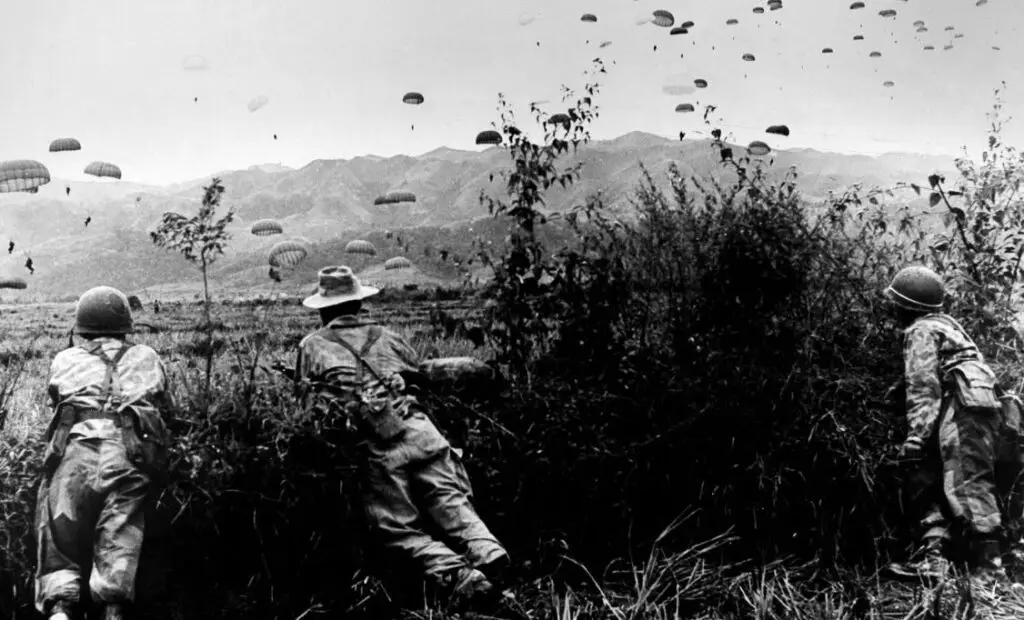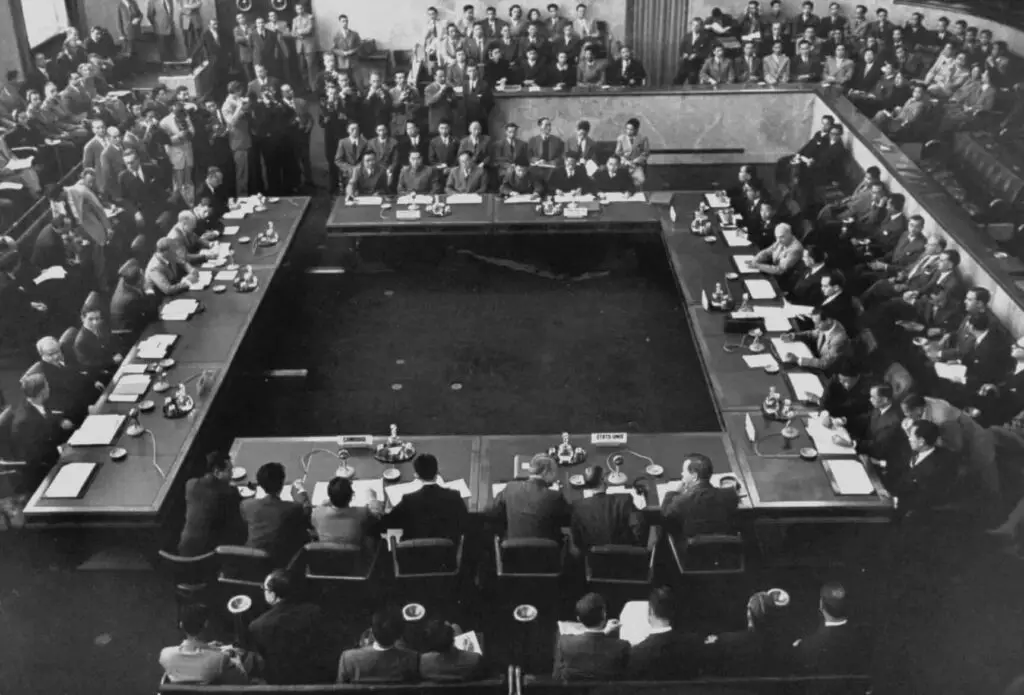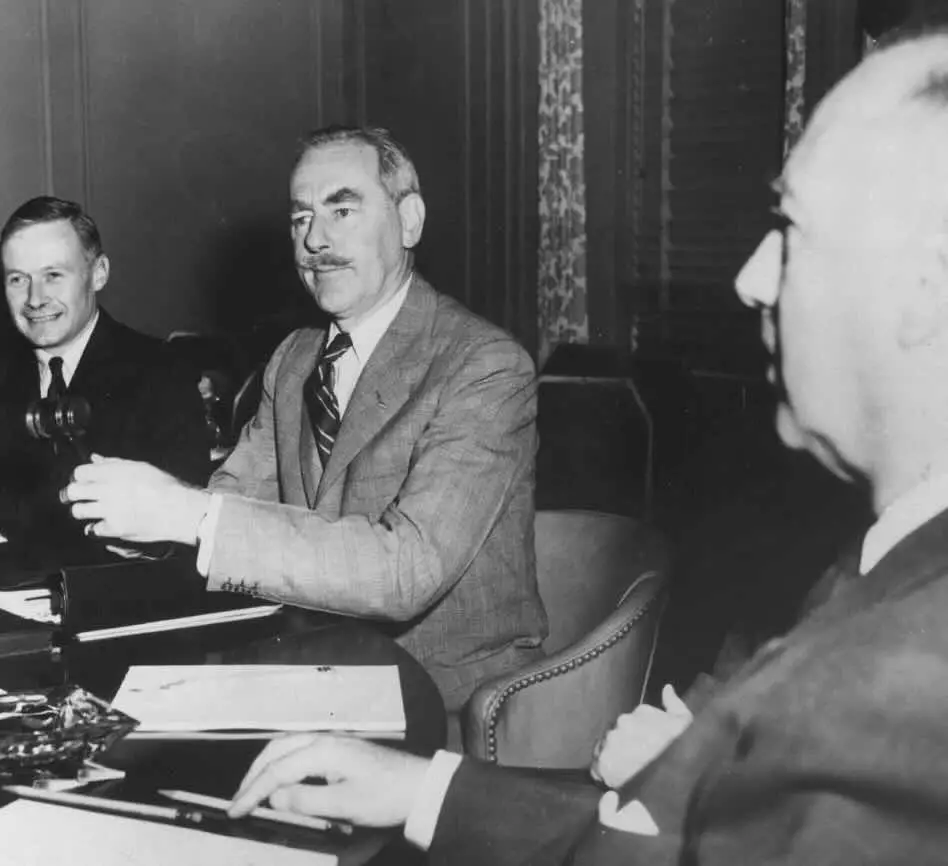My time living and working in Northern Vietnam has afforded me a profound perspective on the lingering impact of the Vietnam War.
Although the North Vietnamese marked the onset of hostilities as November 1, 1955, the actual origins of this conflict are embedded in a convoluted web of events and decisive turning points. It wasn’t the consequence of a solitary catalyst; instead, it was the culmination of critical moments that collectively sparked and intensified the struggle. Read on as we explore six fundamental factors that contributed to the ignition of hostilities on Vietnamese soil.
Table of Contents
Understanding The Genesis Of The Vietnam Conflict: Key Historical Catalysts
The Vietnam Conflict, often referred to as the Vietnam War, was a protracted and multifaceted clash that carved deep and lasting grooves into the history of the 20th century.
While the North Vietnamese government officially marks the start of the conflict as beginning on November 1, 1955, the roots of this war can be traced to a series of complex, interconnected events. There isn’t a single incident that can be pinpointed as the cause; instead, it was an accumulation of pivotal moments that collectively ignited and escalated the conflict.
1. The Collapse of French Indochina and the Rise of Ho Chi Minh
The demise of French Indochina post-World War II laid the groundwork for conflict in Southeast Asia. After the Japanese occupation during the war, a power vacuum emerged in Vietnam, which the French sought to reclaim.

This move was met with fierce resistance from Vietnamese nationalists who had long sought independence. The figurehead of this nationalist movement was Ho Chi Minh, a communist revolutionary leader.
Ho’s declaration of Vietnam’s independence in September 1945 and the subsequent establishment of the Democratic Republic of Vietnam (DRV) set the stage for a clash of interests between the aspirations for Vietnamese self-determination and French colonial intent, leading to the First Indochina War.
2. Battle of Dien Bien Phu
The Battle of Dien Bien Phu in 1954 was a decisive confrontation that became a symbol of anti-colonial resistance. The French military stronghold, located in a remote valley, was besieged by Viet Minh forces led by General Vo Nguyen Giap.

After 56 days of intense fighting, the French garrison was overrun, signaling the end of French colonial rule in Indochina.
This significant defeat not only influenced French withdrawal but also set a precedent for the North Vietnamese belief that tenacity could defeat a technologically superior foe – a belief that would later be tested against American military might.
3. The 1954 Geneva Accords Divide Vietnam
The Geneva Accords were a series of agreements reached during a 1954 conference in Switzerland, which aimed to resolve issues stemming from the Korean War and the First Indochina War. Crucially for Vietnam, it called for a temporary division of the country at the 17th parallel, with the North governed by the DRV under Ho Chi Minh and the South under a pro-Western regime.

This division was intended to be temporary, with national elections scheduled for 1956 to reunify the country. However, the elections never took place, sowing the seeds of future conflict as both sides became entrenched, setting up a proxy battle in the larger Cold War context.
4. The Cold War
The Cold War’s influence on the Vietnam Conflict cannot be overstated. The United States, determined to contain the spread of communism, saw Vietnam as a critical battleground. The domino theory postulated that if one country in a region came under communist influence, surrounding countries would inevitably follow.

This strategic and ideological framework shaped American involvement in Vietnam, with the intent to support the non-communist South against the communist North, thereby hoping to prevent further communist expansion in Southeast Asia.
5. The Overthrow of Ngo Dinh Diem
Ngo Dinh Diem’s presidency in South Vietnam was marked by authoritarianism and nepotism, alienating many South Vietnamese, including the Buddhist majority. His refusal to implement reforms and harsh stance against opponents led to widespread discontent and civil strife, which weakened the South Vietnamese government.

The United States, initially a supporter of Diem, eventually concluded that he was a liability in the fight against the communist insurgency. The CIA-backed coup in 1963, which resulted in Diem’s assassination, led to political chaos in South Vietnam and further destabilized the region, creating a vacuum that North Vietnamese forces were keen to exploit.
6. Gulf of Tonkin Incident
The Gulf of Tonkin Incident 1964 marked a critical juncture in U.S. military involvement. Reports of North Vietnamese attacks on American destroyers—later found to be exaggerated—prompted President Lyndon B. Johnson to seek congressional approval for direct military intervention.

The Gulf of Tonkin Resolution granted Johnson broad war powers without a formal declaration of war, leading to the large-scale commitment of U.S. forces in Vietnam and the escalation of the conflict to its most intense phase.
These reasons played a significant role in developing what would be known as the Vietnam Conflict or Vietnam War. They were not isolated incidents but rather a chain of events interwoven with the fabric of global political shifts, ideological battles, and the age-old quest for national sovereignty and self-determination.
As such, understanding these reasons is crucial to grasp the full scope and the historical context of one of the 20th century’s most defining military engagements.
At A Bus On A Dusty Road, we talk about history, travel, life, sailing, and ex-pat living. We are all about “Living Life As A Global Citizen.” We explore social, cultural, and economic issues and travel.
We would love to have you be part of our community. Sign up for our newsletter to keep up-to-date by clicking here. If you have any questions, you can contact me, Anita, by clicking here.
Listen to our Podcast called Dusty Roads. You can find it on all major podcast platforms. Try out to listen to one of our podcasts by clicking here.
Subscribe to our A Bus On A Dusty Road YouTube Channel filled with great videos and information.
Related Questions
What Happened To The Hmong After The Vietnam War?
When the Vietnam War ended, the Hmong in Laos was in a terrible position; the Hmong fighters were enemies of the present Laotian government and considered “persona non gratis.” Some were forced into labor camps or kicked out of their home and lands. The Hmong made their way eventually to the Laotian – Thai border so they could try to get into the United States via Thailand.
By clicking here, you can discover What Happened To The Hmong After The Vietnam War?
Could America Have Won The Vietnam War?
America could not have won the Vietnam war as it never won the hearts and minds of the Vietnamese people. The Americans even had difficulty controlling the Vietnamese people in Southern Vietnam, as many were disillusioned with the Southern Vietnamese government. Ho Chi Minh, the leader of North Vietnam, fully understood that another foreign power would not control the Vietnamese heart and soul.
By clicking here, you can discover Could America Have Won The Vietnam War?
What Was The Main Reason For US Involvement In Vietnam?
The main reason for the involvement of the United States in the Vietnam War was the belief in the Domino theory; the Domino theory was a principle used to describe the effects on the world if Vietnam fell to communism. The belief was that if Vietnam became communist, the rest of Asia, New Zealand, and Australia would eventually become communist. At the time, American leaders felt they were fighting for the survival of democracy throughout the world.
By clicking here, you can learn more by reading What Was The Main Reason For U.S. Involvement In Vietnam?


